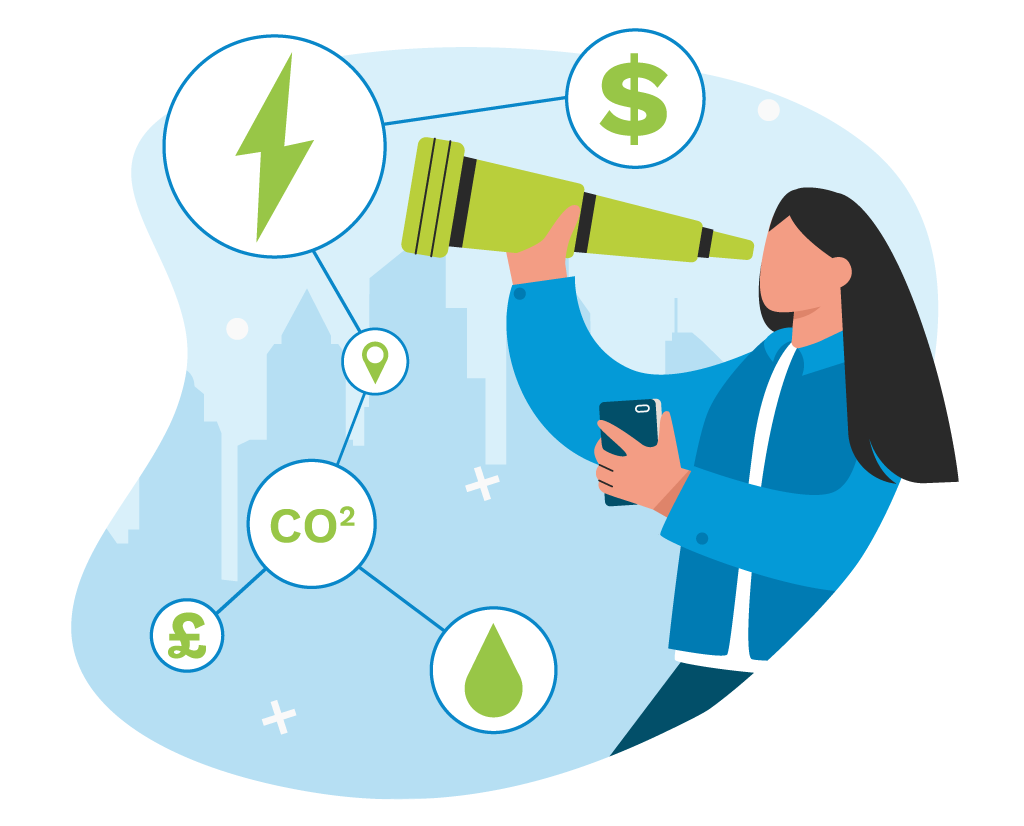Byline by Nicholas Hughes, overseeing Healthcare Solutions at MRI Software
The NHS’s commitment to achieving net zero emissions is entering a decisive new phase. With NHS England requiring all Trusts and Integrated Care Boards (ICBs) to submit refreshed Green Plans by 31 July 2025, the spotlight is now firmly on delivery and how strategies can be converted into measurable, operational change across the healthcare estate.
Crucially, this transition comes at a time when the UK Government has announced targeted funding through the Public Sector Decarbonisation Scheme, aimed at supporting selected NHS Trusts with energy-saving upgrades. For those receiving funding, the message is clear: the opportunity to lead on sustainable healthcare is not only timely but financially supported.
Data and digital tools are key enablers of this transformation. Decarbonisation isn’t just a technical challenge; it’s an information challenge. Without clear visibility into building performance, energy usage, and transport patterns, it’s difficult for NHS bodies to make the informed decisions needed to reduce emissions effectively.
Energy monitoring and smart building management must sit at the heart of any decarbonisation plan. While policy and funding set the direction, real progress comes from understanding exactly how energy is used and where it’s being wasted across the NHS estate.
Visibility is the first step toward savings
Hospitals and healthcare facilities are among the most energy-intensive buildings in the public sector. Yet many Trusts still lack the granular data needed to identify inefficiencies and target improvements effectively. With a smart energy monitoring system, powered by IoT sensors and analytics, NHS organisations can gain real-time visibility into energy usage down to the level of individual rooms and devices.
This kind of insight enables estates and sustainability teams to:
- Track baseline energy consumption across the estate to identify trends and anomalies.
- Target high-usage areas for retrofitting or behavioural change.
- Set measurable KPIs and monitor progress against Green Plan commitments and NHS Net Zero goals.
Enhancing patient safety and clinical outcomes
While the environmental and financial benefits of energy monitoring are clear, an equally important aspect is often overlooked – improving patient care.
By integrating energy management with IoT devices, Trusts can ensure precise environmental control in critical areas. For example:
- Maintaining consistent room temperatures in wards, theatres, and recovery units to support clinical best practice and patient comfort.
- Monitoring fridge temperatures where medications and vaccines are stored to prevent spoilage and ensure compliance. This avoids waste and safeguards patient safety and wellbeing.
- Responding rapidly to maintenance issues or temperature deviations through automated alerts and smart dashboards.
This dual focus – on sustainability and clinical excellence – means that the new decarbonisation funding can be used not only to cut emissions and costs but also to directly enhance service delivery and operational resilience.
Transport also presents an important opportunity. Promoting net zero travel – through the use of electric fleets, active travel initiatives, and telehealth services – requires a deep understanding of current mobility patterns. Digital platforms can enable this by mapping journey data, identifying alternatives, and supporting coordination across Integrated Care Systems.
Investing in smarter infrastructure
Decarbonisation is more than replacing boilers or upgrading insulation. It’s about building and investing in intelligent infrastructure that supports dynamic, long-term efficiency. With funding now available, NHS Trusts have a rare opportunity to embed these technologies into their estates and unlock a new level of control, insight, and impact.
By combining capital investment with digital innovation, Trusts can:
- Optimise energy use across complex estates.
- Reduce reliance on fossil fuels.
- Demonstrate value for money and sustainability to regulators and stakeholders.
A call to action for NHS leaders
With just over a year until Green Plans are due, the time to act is now. The NHS estate is diverse and complex but it’s also full of potential. The Trusts receiving decarbonisation funding are in a prime position to lead by example, demonstrating how smart, data-driven approaches can deliver on both sustainability and service resilience. By embedding technology at the heart of Green Plan delivery, Trusts can build a more sustainable, efficient, and future-ready NHS.
